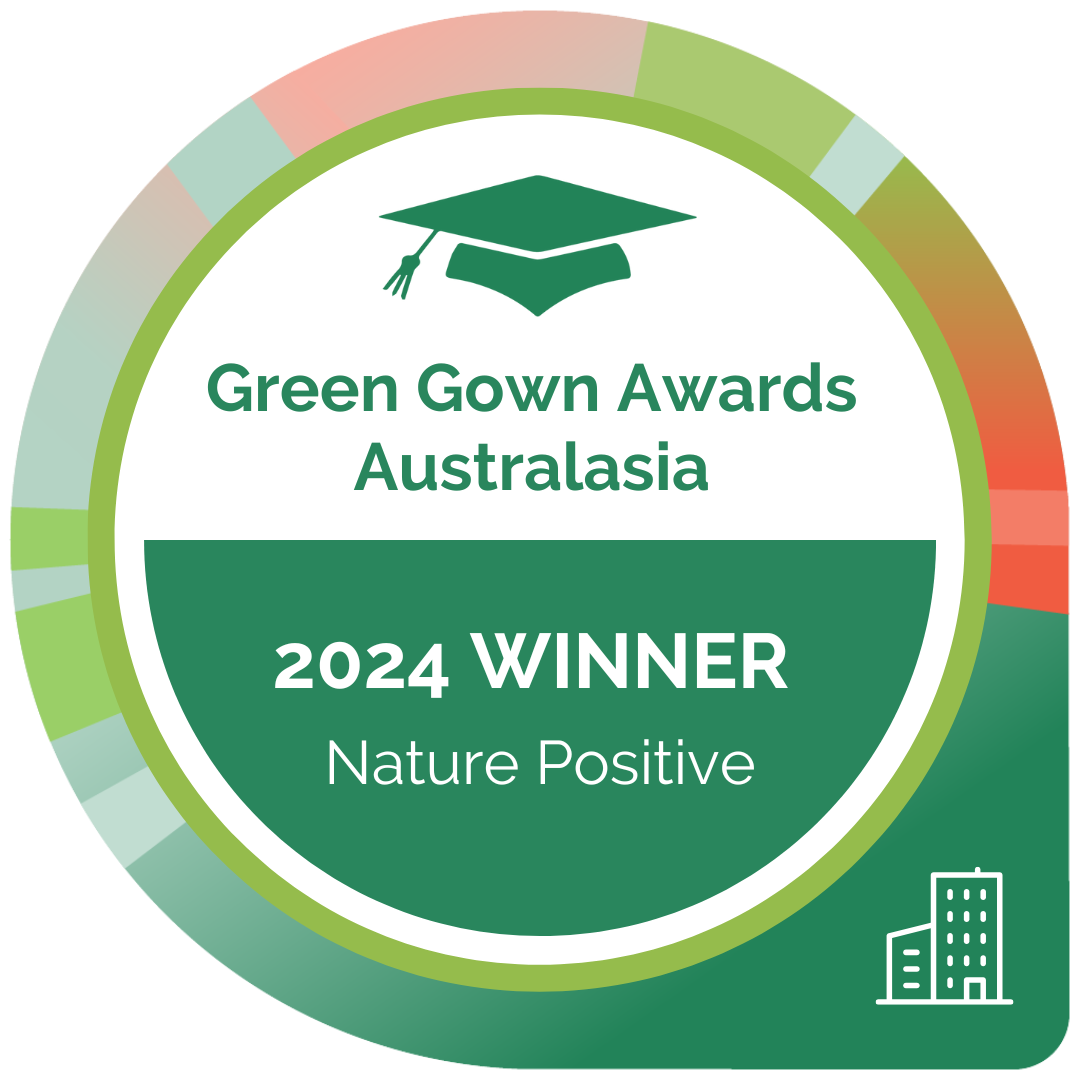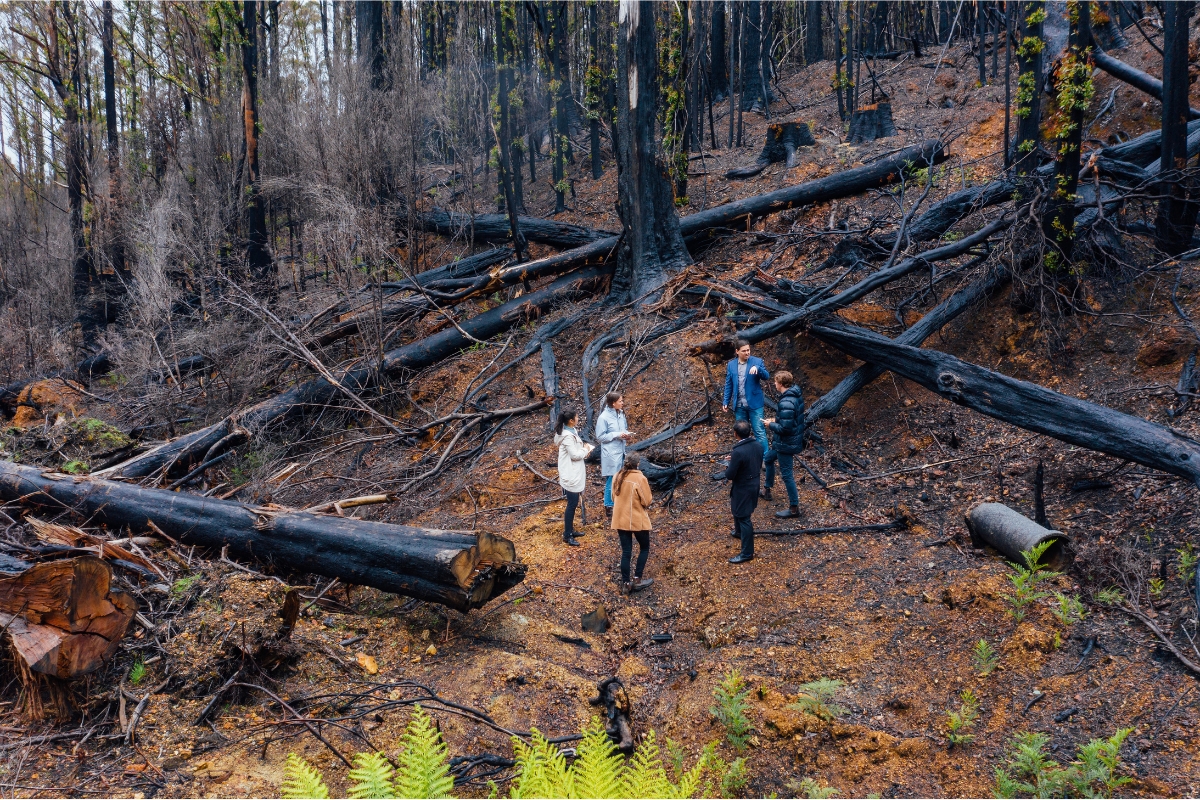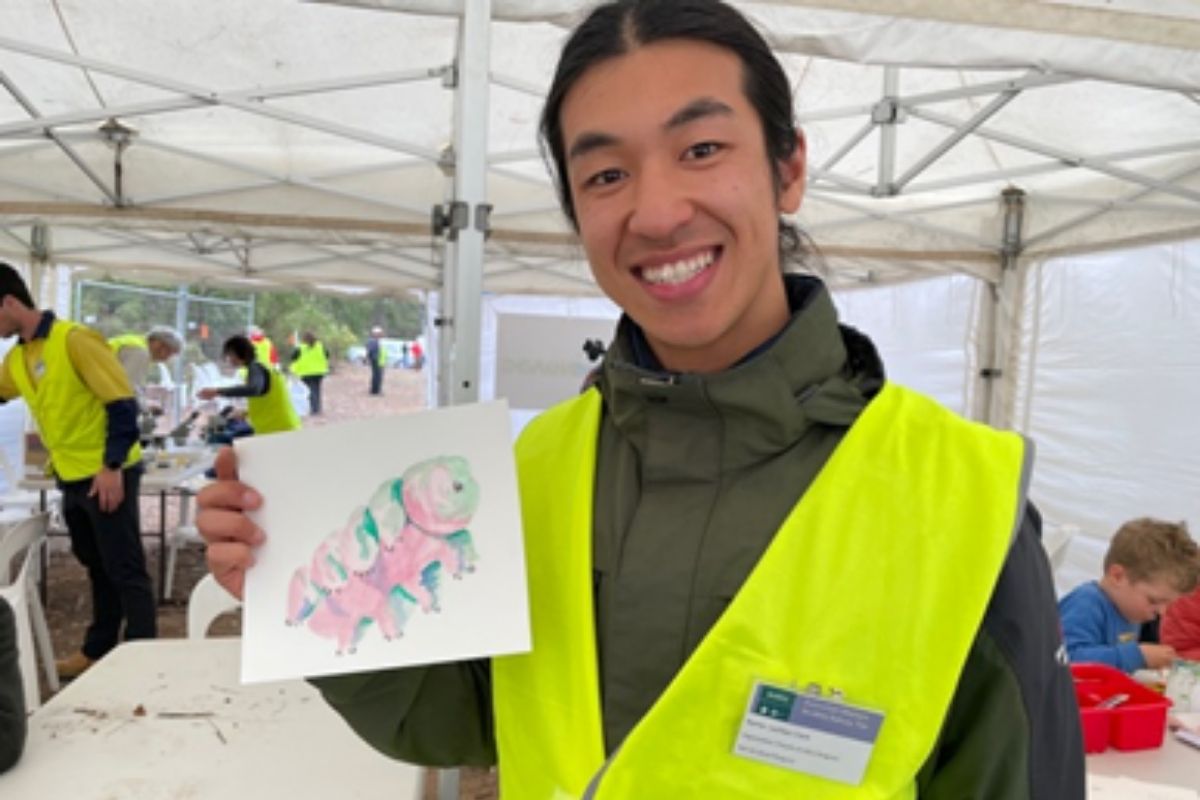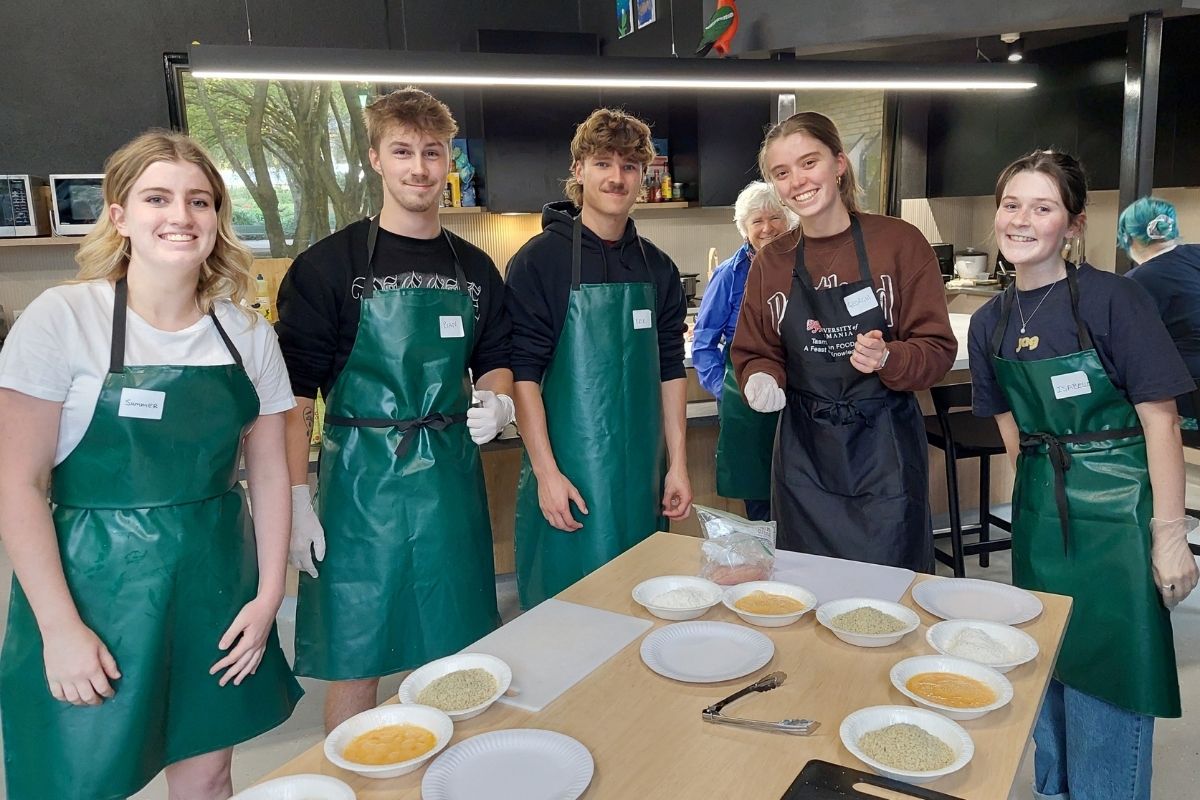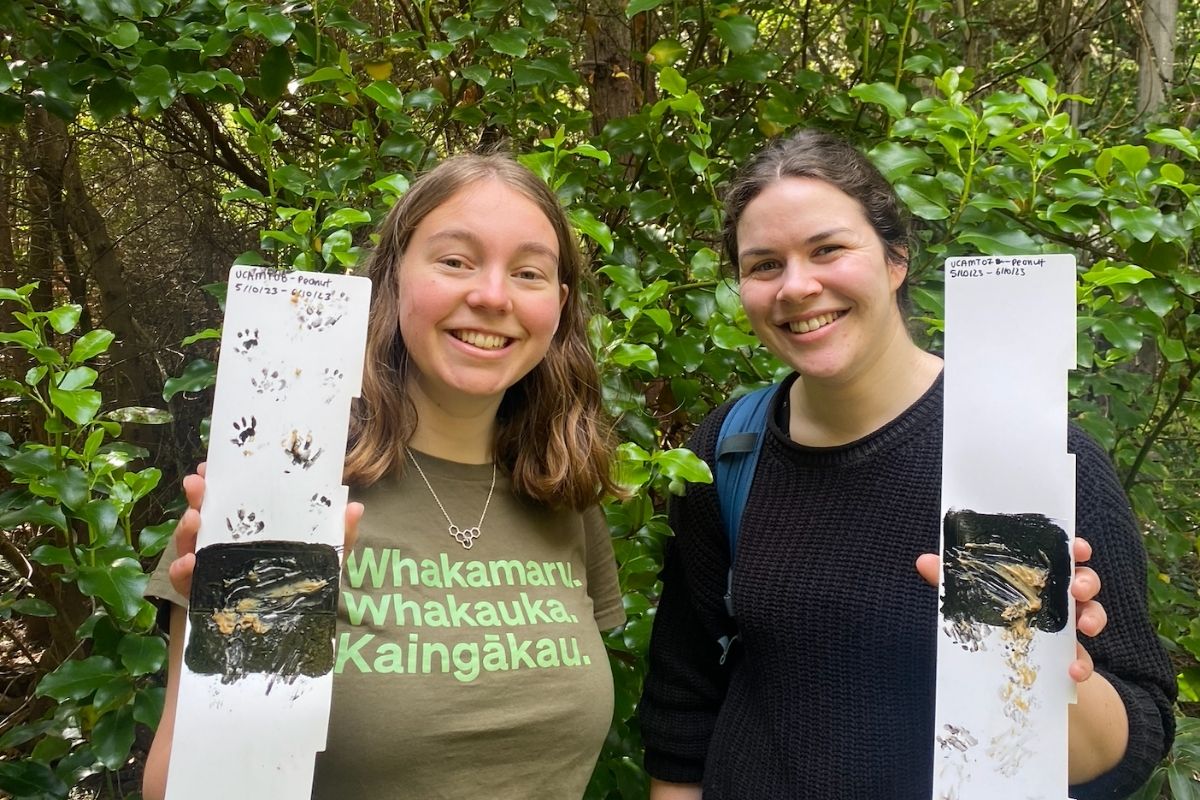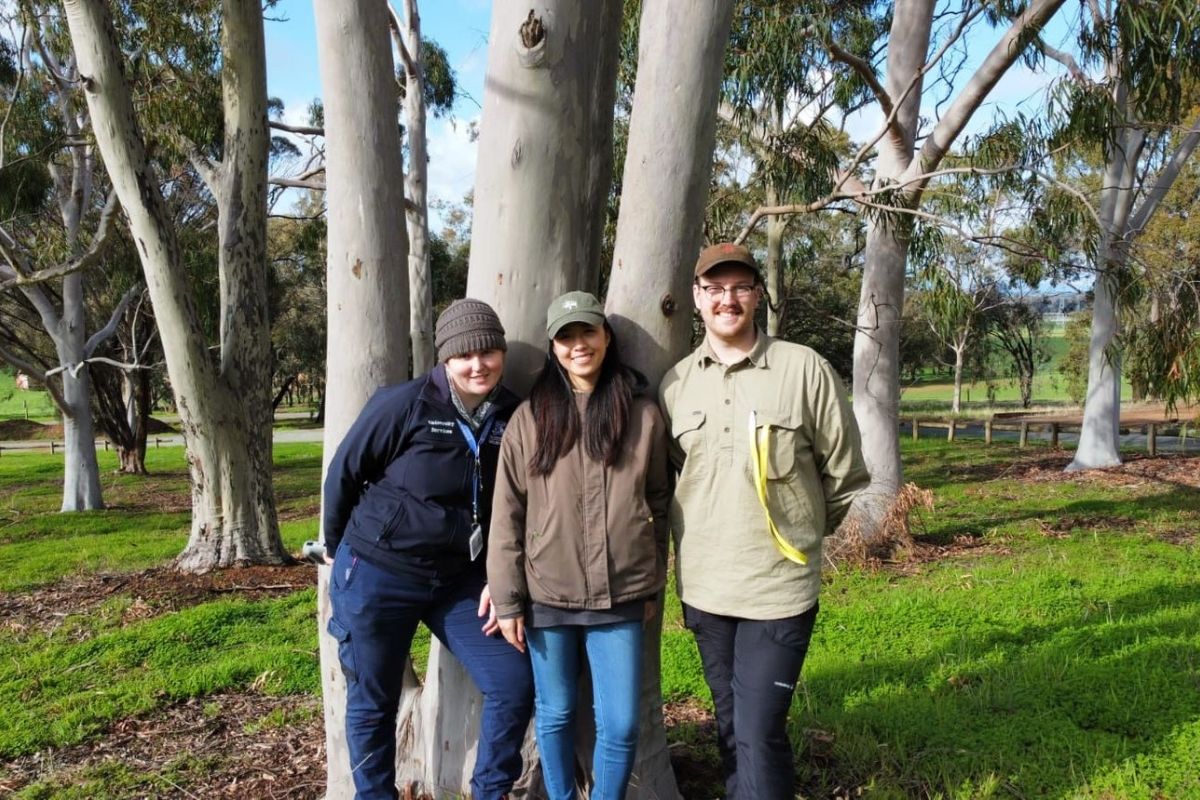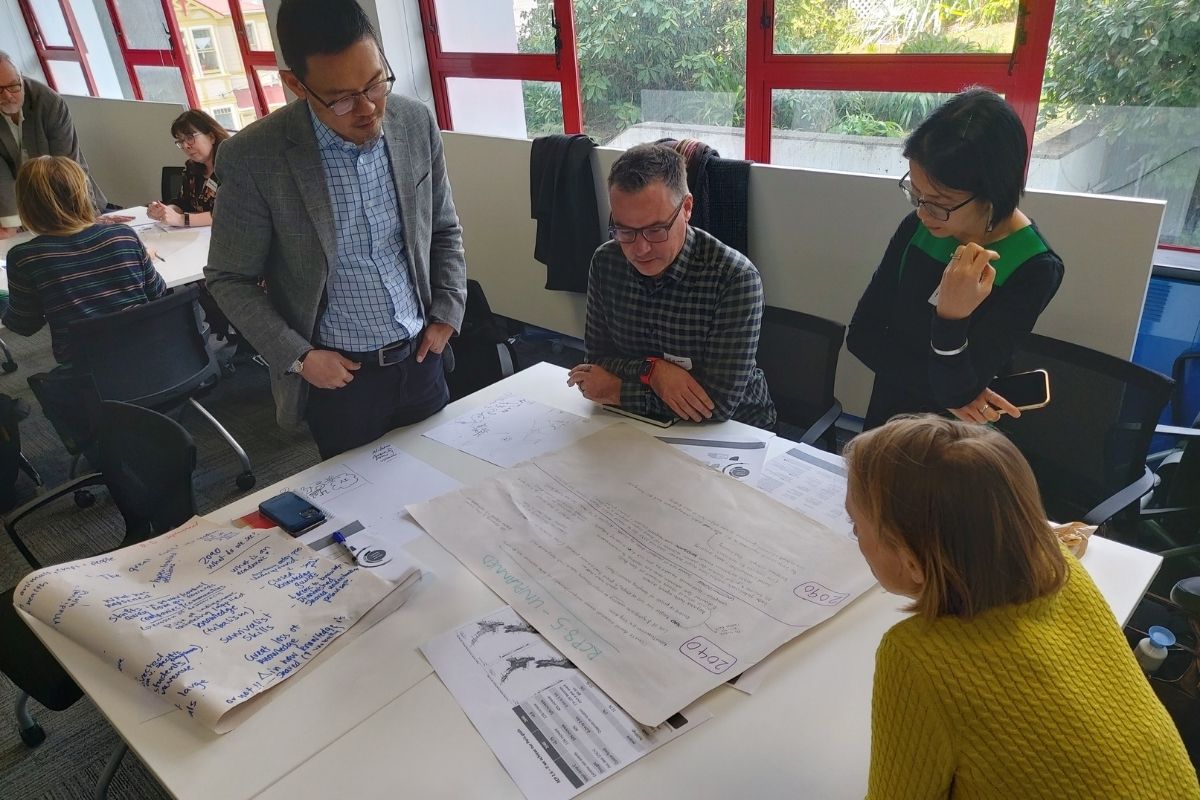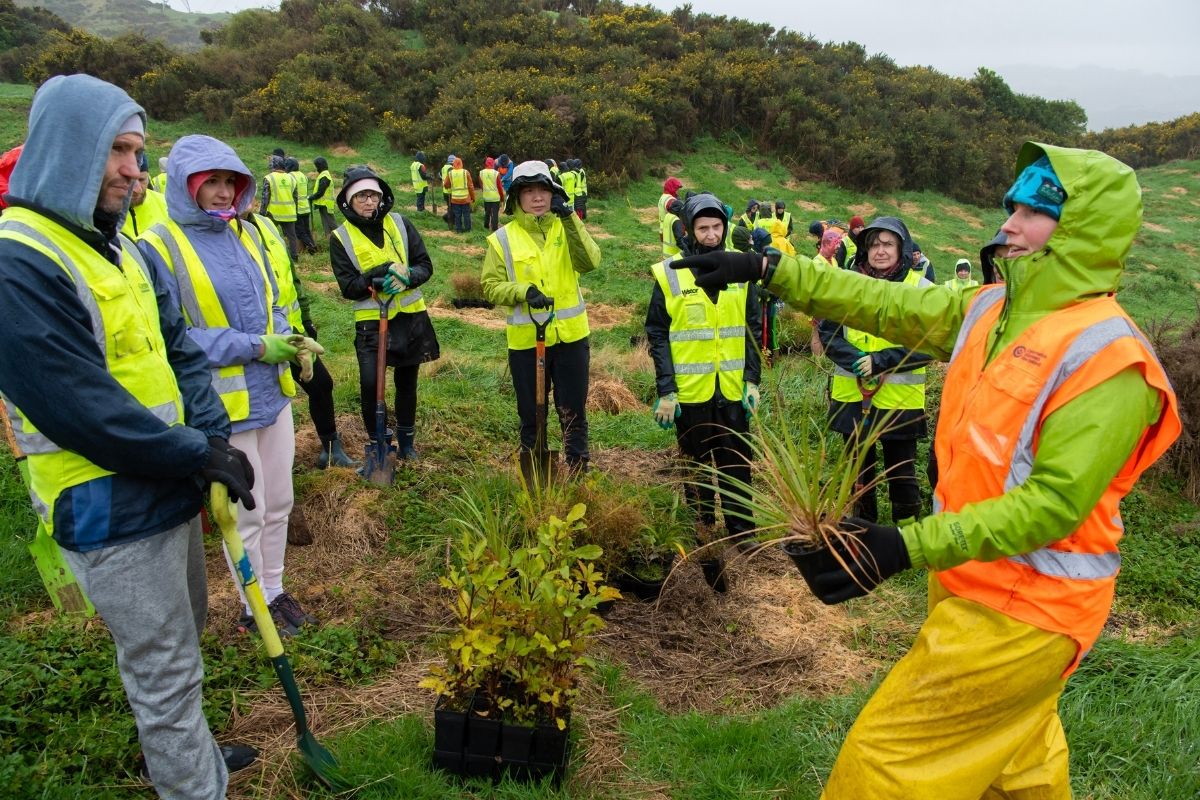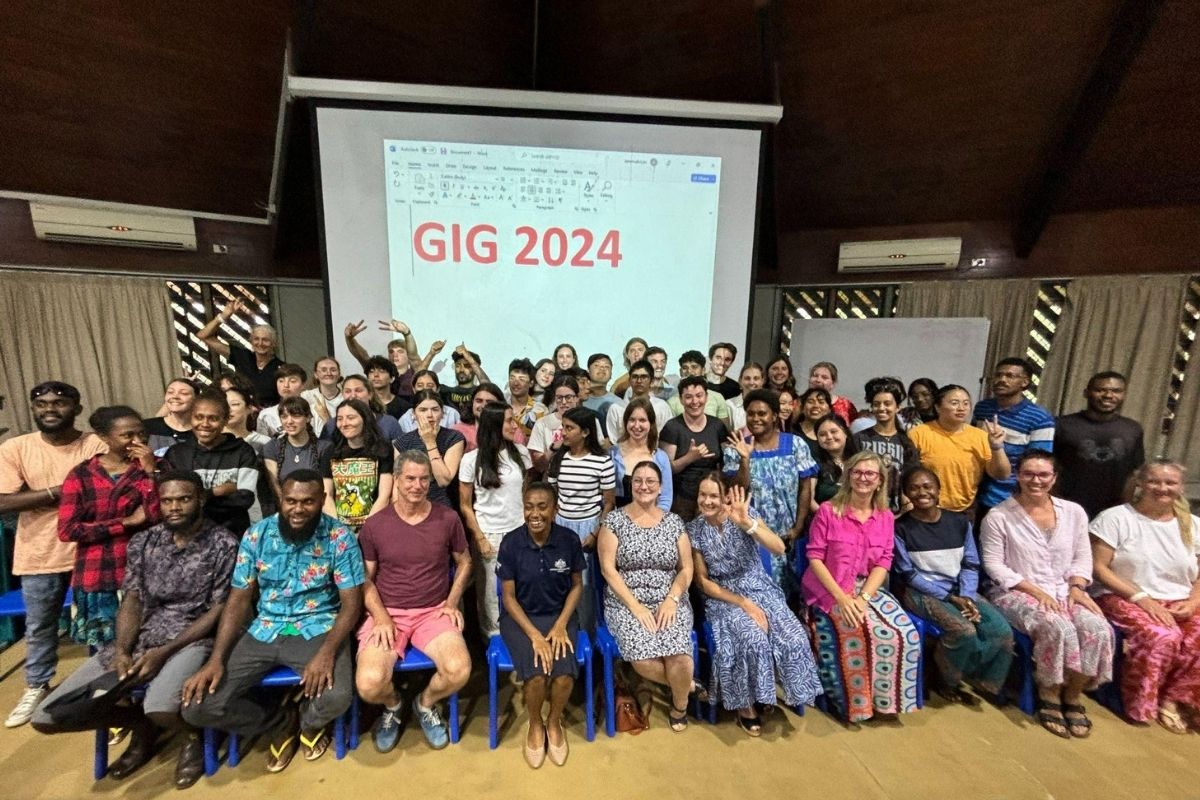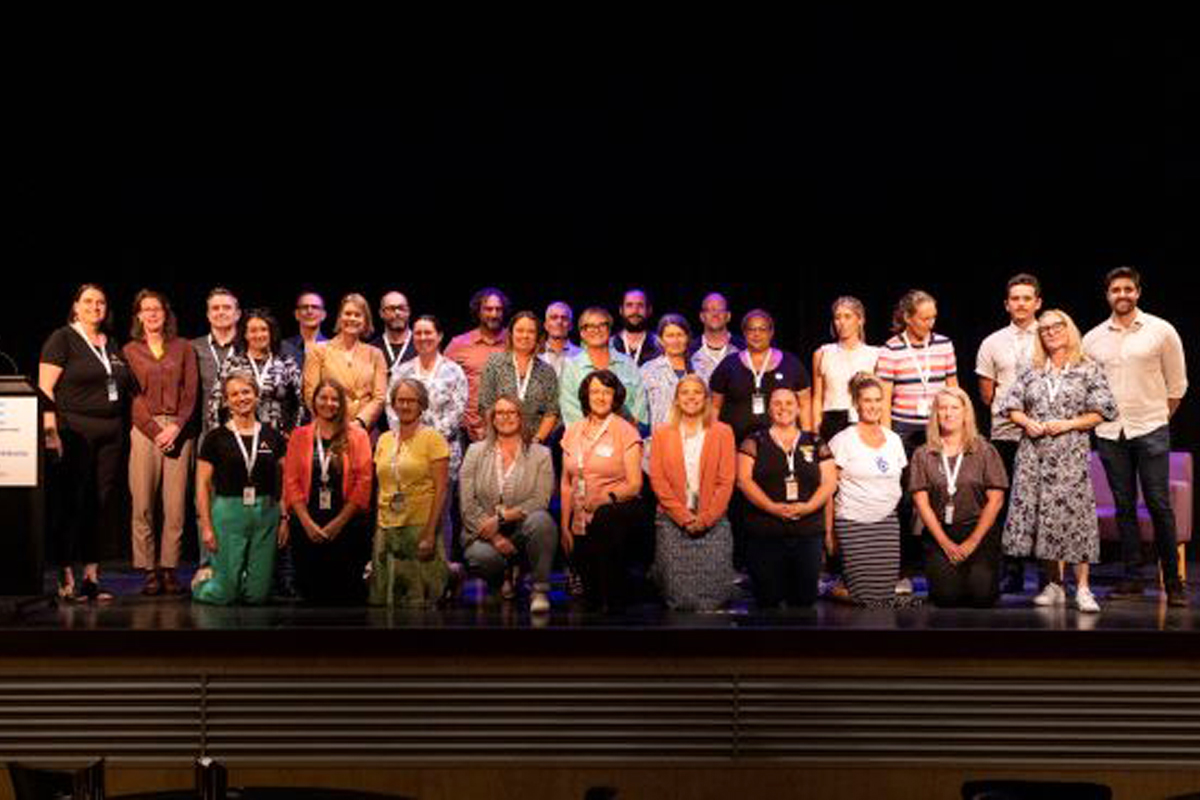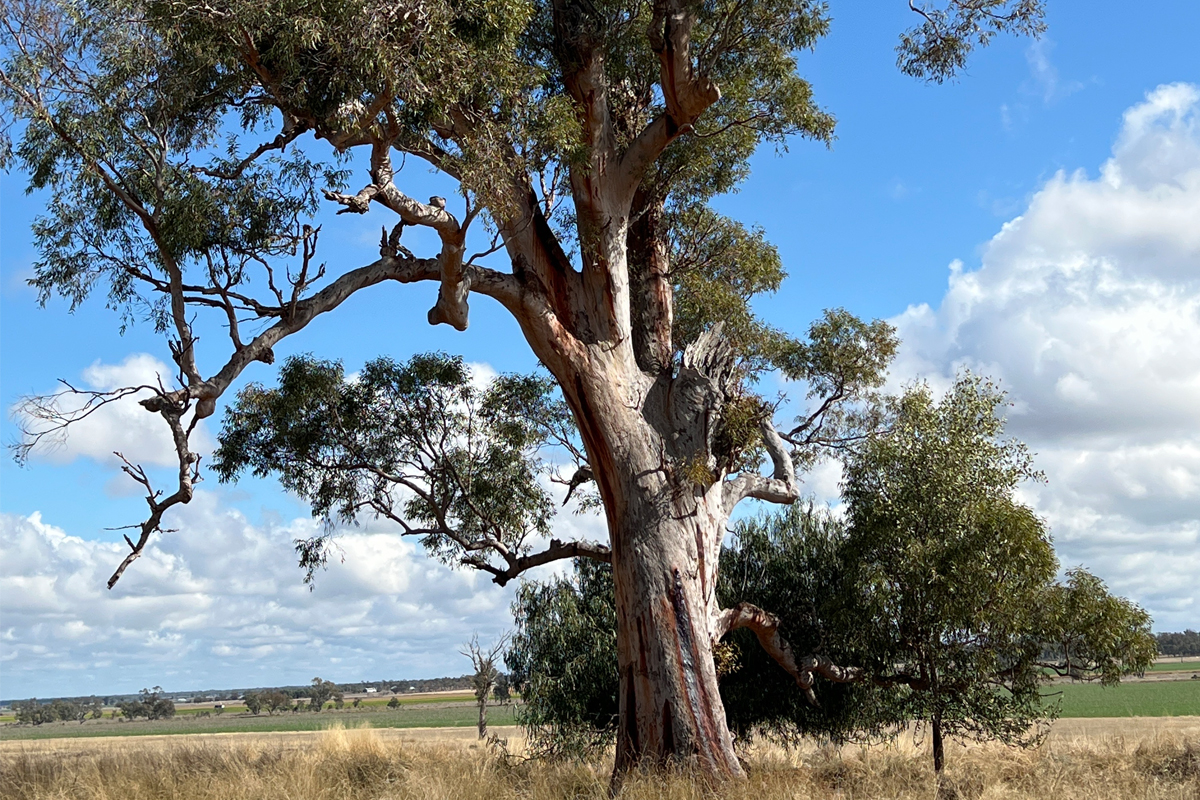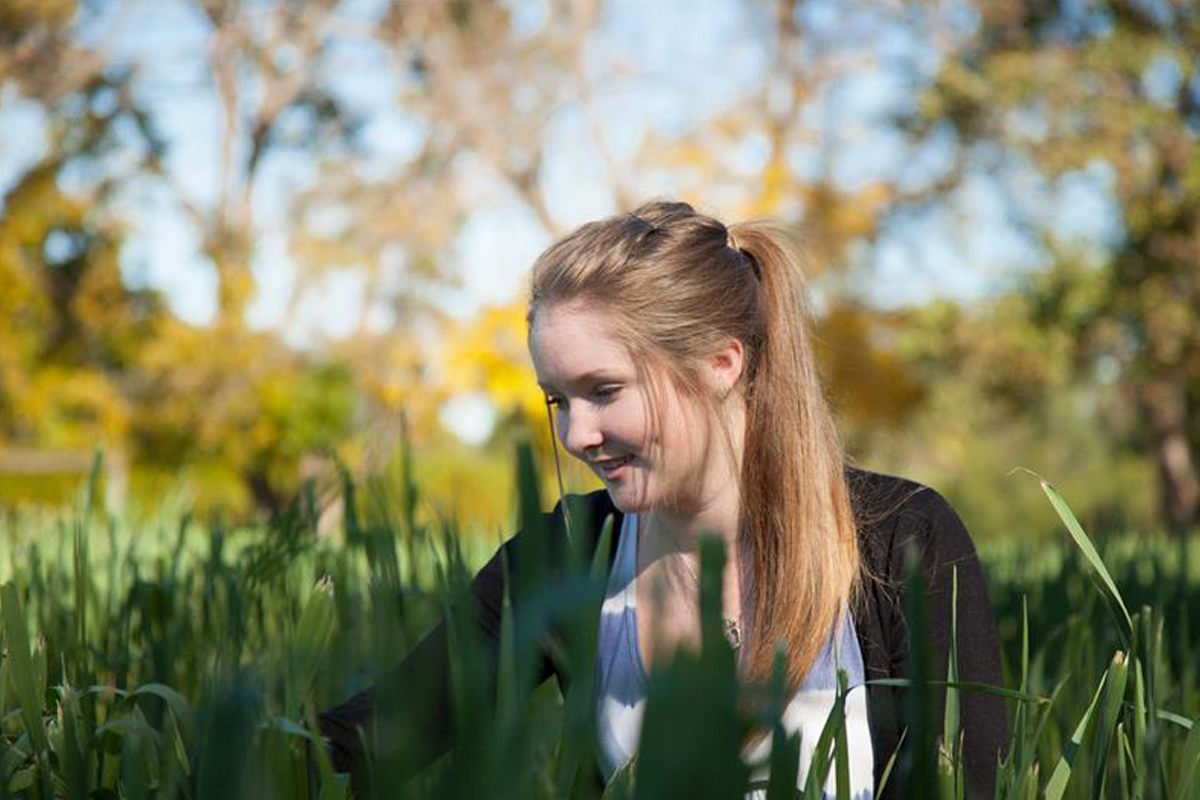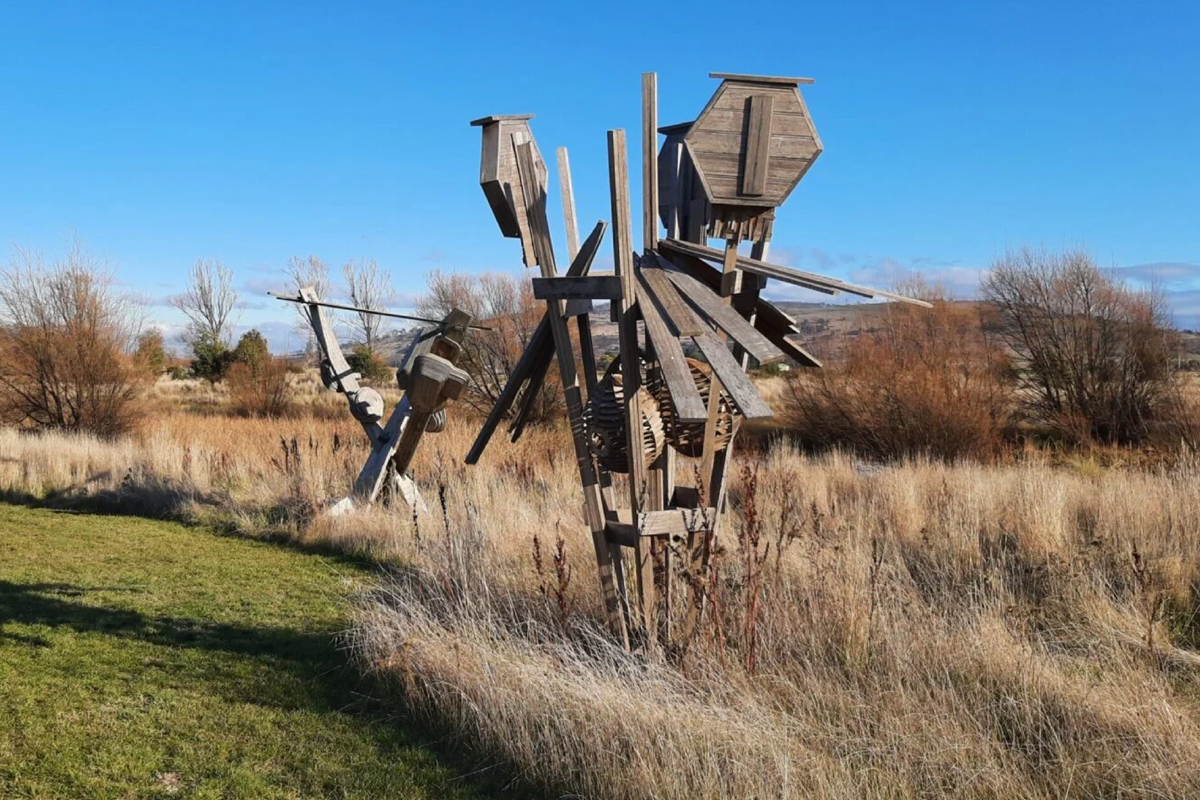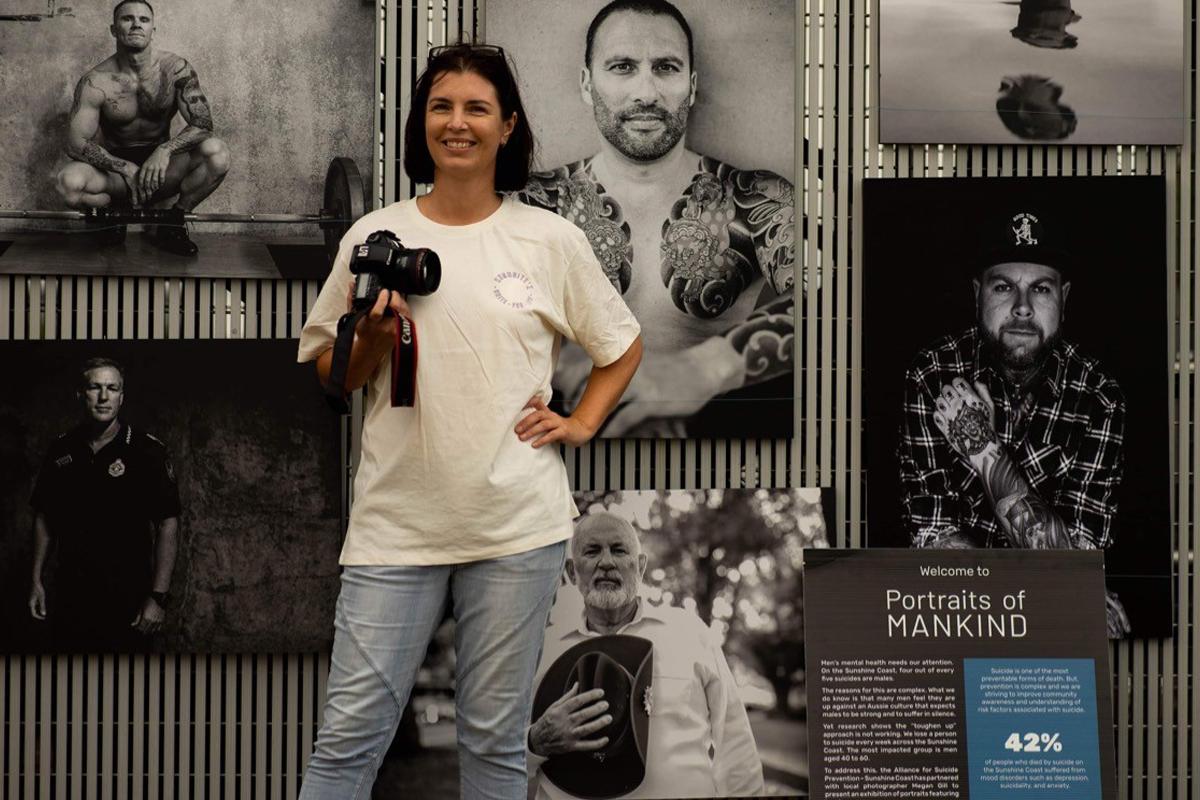Nature Positive/Winners category
La Trobe University’s “Nangak Tamboree: Embracing Biodiversity and Indigenous Cultural Learning in a University City” is an extensive ecological and cultural restoration project centred around the Nangak Tamboree, a 2 km waterway and open space network running through La Trobe’s Bundoora Campus. The initiative integrates environmental sustainability with Indigenous cultural heritage, creating a living laboratory that fosters biodiversity, provides educational experiences, and strengthens community connections. In collaboration with the Wurundjeri Woi-wurrung Cultural Heritage Aboriginal Corporation and other partners, La Trobe has implemented innovative practices in land management, cultural burning, waterway health, and species conservation, making the project a benchmark for nature-positive actions in urban settings.

Environmental and Social Benefits
- Biodiversity Enhancement: The initiative has recorded 1,343 species of flora and fauna within Nangak Tamboree, with significant habitat restoration efforts including planting over 148,000 Indigenous plants. These efforts support the reintroduction of native species, such as the Emu and endangered plant species like the Matted Flax-lily.
- Cultural and Environmental Stewardship: Through extensive collaboration with the Wurundjeri Woi-wurrung people, the project incorporates traditional land management practices, including cultural burning, which has already shown positive outcomes, such as the re-emergence of the critically endangered Matted Flax-lily.
- Community Engagement: The project has engaged over 9,419 people through education, citizen science activities, and events. Additionally, 4,645 volunteer hours were dedicated to plant production, land management, and seed collection in 2023 alone, highlighting the community’s active involvement in the initiative.
Leadership and Engagement
- Collaborative Development: The initiative was co-created with key stakeholders, including the Wurundjeri Woi-wurrung Cultural Heritage Aboriginal Corporation, Melbourne Water, and the Darebin Creek Management Committee. This collaborative approach ensures that the project aligns with both ecological and cultural goals, fostering a shared vision for sustainability.
- Education and Research Integration: The Nangak Tamboree Wildlife Sanctuary serves as an outdoor lab, offering educational experiences across all levels, from primary school to tertiary education. In 2023, the Sanctuary hosted 62 school visits, provided 24 work experience placements, and facilitated 574 internship hours for students, integrating learning with practical conservation efforts.
- Innovative Practices: The project employs unique strategies such as using goats for weed management to reduce chemical reliance, the installation of 36 raingardens to improve stormwater management, and the establishment of a native fish hatchery to support the reintroduction of native fish species, making it a leader in sustainable urban ecology.
Significance to the Sector
- Sector Leadership: The Nangak Tamboree project is distinctive in its holistic approach, combining biodiversity enhancement with Indigenous cultural learning. It provides a replicable model for integrating ecological restoration with cultural heritage in urban environments, setting a new standard for university-led sustainability projects.
- Educational Impact: The initiative’s use of the Sanctuary as a living laboratory and its integration into La Trobe’s curriculum provide students with hands-on experience in land management, conservation, and Indigenous cultural practices. This approach enhances student employability and contributes to the development of future environmental leaders.
- Global and National Recognition: The project’s methodologies and outcomes are gaining recognition both nationally and internationally. The recent presentation at the 2024 AUDE Conference in the UK highlights its potential as a model for biodiversity and sustainability initiatives globally.
Wider Societal Impact
- Cultural Heritage Preservation: The project’s strong emphasis on Indigenous cultural heritage, particularly through collaborations with the Wurundjeri Woi-wurrung people, ensures that cultural practices are preserved and promoted within the university’s operations. This approach fosters respect and understanding of Indigenous knowledge systems among the broader community.
- Public Engagement and Education: The initiative offers a wide range of public engagement activities, from citizen science events to educational workshops, attracting over 12,230 visitors to the Sanctuary in 2023. This engagement promotes a deeper connection to nature and encourages public participation in conservation efforts.
- Sustainable Urban Development: As the Nangak Tamboree becomes a key feature of La Trobe’s University City, it serves as a model for sustainable urban development, demonstrating how universities can lead in creating green, culturally significant spaces that benefit both the environment and the community.
La Trobe University’s “Nangak Tamboree” initiative shows a comprehensive approach to enhancing biodiversity while embracing Indigenous cultural heritage. Through innovative land management practices, strong community engagement, and integration into educational frameworks, the project not only restores ecological health but also serves as a model for other institutions seeking to create nature-positive, culturally enriched urban spaces. Its success highlights the university’s leadership in sustainability and its commitment to fostering a deeper connection between people, culture, and the environment.
Top 3 learnings
Supported by
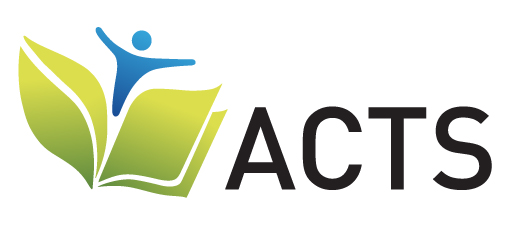
Category finalists
Sustainability Institution of the Year/Winners
Sustainability Institution of the Year/Winners
Climate Action/Winners
Climate Action/Winners
Creating Impact/Winners
Creating Impact/Winners
Next Generation Learning & Skills/Winners
Next Generation Learning & Skills/Winners
Student Engagement/Winners
Student Engagement/Winners
Nature Positive
Nature Positive
Highly Commended/Nature Positive
Highly Commended/Nature Positive
Powerful Partnerships/Winners
Powerful Partnerships/Winners
Nature Positive
Nature Positive
Diversity, Equity and Inclusion/Winners
Diversity, Equity and Inclusion/Winners
Staff Champion/Winners
Staff Champion/Winners
Student Champion/Winners
Student Champion/Winners
Past winners
Benefitting Society/Winners
Benefitting Society/Winners
Diversity, Equity & Inclusion in Sustainability/Winners
Diversity, Equity & Inclusion in Sustainability/Winners
Climate Action/Winners
Climate Action/Winners
Sustainability Institution of the Year/Winners
Sustainability Institution of the Year/Winners
Creating Impact/Winners
Creating Impact/Winners
Creating Impact/Winners
Creating Impact/Winners
Top 3 learnings
Nature Positive/Winners category
La Trobe University’s “Nangak Tamboree: Embracing Biodiversity and Indigenous Cultural Learning in a University City” is an extensive ecological and cultural restoration project centred around the Nangak Tamboree, a 2 km waterway and open space network running through La Trobe’s Bundoora Campus. The initiative integrates environmental sustainability with Indigenous cultural heritage, creating a living laboratory that fosters biodiversity, provides educational experiences, and strengthens community connections. In collaboration with the Wurundjeri Woi-wurrung Cultural Heritage Aboriginal Corporation and other partners, La Trobe has implemented innovative practices in land management, cultural burning, waterway health, and species conservation, making the project a benchmark for nature-positive actions in urban settings.

Environmental and Social Benefits
- Biodiversity Enhancement: The initiative has recorded 1,343 species of flora and fauna within Nangak Tamboree, with significant habitat restoration efforts including planting over 148,000 Indigenous plants. These efforts support the reintroduction of native species, such as the Emu and endangered plant species like the Matted Flax-lily.
- Cultural and Environmental Stewardship: Through extensive collaboration with the Wurundjeri Woi-wurrung people, the project incorporates traditional land management practices, including cultural burning, which has already shown positive outcomes, such as the re-emergence of the critically endangered Matted Flax-lily.
- Community Engagement: The project has engaged over 9,419 people through education, citizen science activities, and events. Additionally, 4,645 volunteer hours were dedicated to plant production, land management, and seed collection in 2023 alone, highlighting the community’s active involvement in the initiative.
Leadership and Engagement
- Collaborative Development: The initiative was co-created with key stakeholders, including the Wurundjeri Woi-wurrung Cultural Heritage Aboriginal Corporation, Melbourne Water, and the Darebin Creek Management Committee. This collaborative approach ensures that the project aligns with both ecological and cultural goals, fostering a shared vision for sustainability.
- Education and Research Integration: The Nangak Tamboree Wildlife Sanctuary serves as an outdoor lab, offering educational experiences across all levels, from primary school to tertiary education. In 2023, the Sanctuary hosted 62 school visits, provided 24 work experience placements, and facilitated 574 internship hours for students, integrating learning with practical conservation efforts.
- Innovative Practices: The project employs unique strategies such as using goats for weed management to reduce chemical reliance, the installation of 36 raingardens to improve stormwater management, and the establishment of a native fish hatchery to support the reintroduction of native fish species, making it a leader in sustainable urban ecology.
Significance to the Sector
- Sector Leadership: The Nangak Tamboree project is distinctive in its holistic approach, combining biodiversity enhancement with Indigenous cultural learning. It provides a replicable model for integrating ecological restoration with cultural heritage in urban environments, setting a new standard for university-led sustainability projects.
- Educational Impact: The initiative’s use of the Sanctuary as a living laboratory and its integration into La Trobe’s curriculum provide students with hands-on experience in land management, conservation, and Indigenous cultural practices. This approach enhances student employability and contributes to the development of future environmental leaders.
- Global and National Recognition: The project’s methodologies and outcomes are gaining recognition both nationally and internationally. The recent presentation at the 2024 AUDE Conference in the UK highlights its potential as a model for biodiversity and sustainability initiatives globally.
Wider Societal Impact
- Cultural Heritage Preservation: The project’s strong emphasis on Indigenous cultural heritage, particularly through collaborations with the Wurundjeri Woi-wurrung people, ensures that cultural practices are preserved and promoted within the university’s operations. This approach fosters respect and understanding of Indigenous knowledge systems among the broader community.
- Public Engagement and Education: The initiative offers a wide range of public engagement activities, from citizen science events to educational workshops, attracting over 12,230 visitors to the Sanctuary in 2023. This engagement promotes a deeper connection to nature and encourages public participation in conservation efforts.
- Sustainable Urban Development: As the Nangak Tamboree becomes a key feature of La Trobe’s University City, it serves as a model for sustainable urban development, demonstrating how universities can lead in creating green, culturally significant spaces that benefit both the environment and the community.
La Trobe University’s “Nangak Tamboree” initiative shows a comprehensive approach to enhancing biodiversity while embracing Indigenous cultural heritage. Through innovative land management practices, strong community engagement, and integration into educational frameworks, the project not only restores ecological health but also serves as a model for other institutions seeking to create nature-positive, culturally enriched urban spaces. Its success highlights the university’s leadership in sustainability and its commitment to fostering a deeper connection between people, culture, and the environment.
Supported by

Related finalists
Sustainability Institution of the Year/Winners
Sustainability Institution of the Year/Winners
Climate Action/Winners
Climate Action/Winners
Creating Impact/Winners
Creating Impact/Winners
Next Generation Learning & Skills/Winners
Next Generation Learning & Skills/Winners
Student Engagement/Winners
Student Engagement/Winners
Nature Positive
Nature Positive
Highly Commended/Nature Positive
Highly Commended/Nature Positive
Powerful Partnerships/Winners
Powerful Partnerships/Winners
Nature Positive
Nature Positive
Diversity, Equity and Inclusion/Winners
Diversity, Equity and Inclusion/Winners
Staff Champion/Winners
Staff Champion/Winners
Student Champion/Winners
Student Champion/Winners
Other finalists
Climate Action
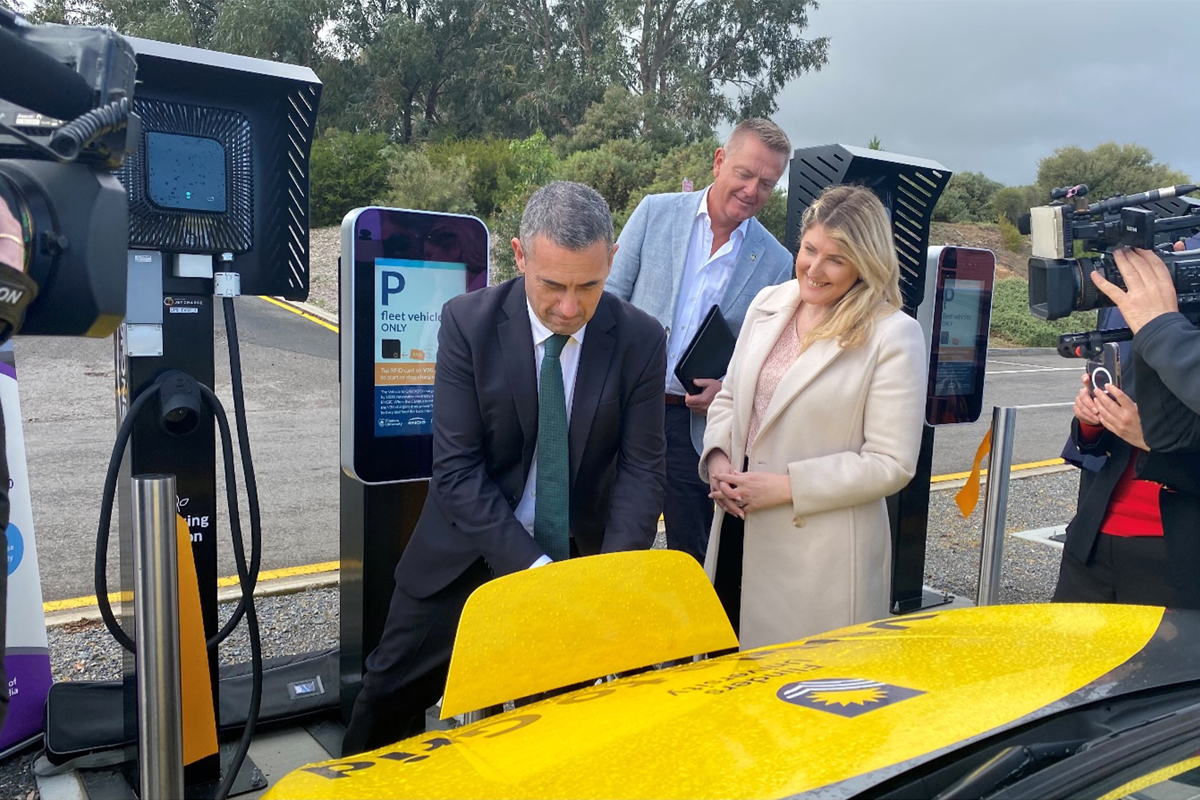
Driving Towards Tomorrow’s Campus with Vehicle-to-Grid EV Technology
As part of Flinders University’s drive to innovate and become a leader in climate action, the University launched its Vehicle-to-Grid (V2G) initiative. This involved installing and maintaining 20x V2G and smart chargers for its growing electric vehicle fleet. Leveraging 100% renewable energy generated by ENGIE’s Willogoleche Wind Farm and Flinders University’s solar power systems, this enables the storage of renewable energy in EV batteries to be discharged on campus during peak demand periods. Hence, allows for these EV fleets to operate as a Virtual Power Plant (VPP) to deliver peak demand management and optimization of behind-the-meter generation.
Overall, this initiative demonstrates the reliability and scalability of bi-directional and uni-directional smart-charging systems for EVs in reducing GHG emissions while facilitating teaching, research, and innovation opportunities. Moreover, it exemplifies a sustainable and innovative solution to scale energy storage technology and increase renewables.
Sustainability Champion – Staff/Winners
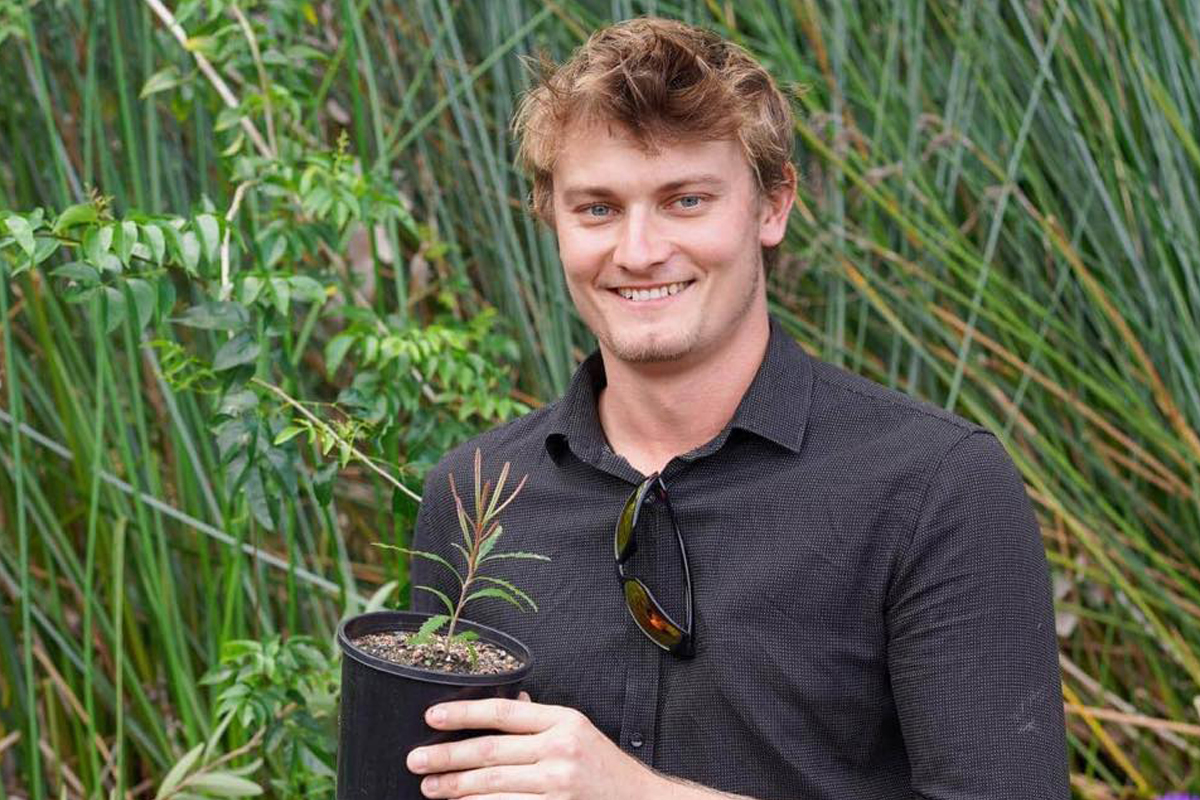
Brandan Espe
Environmental Officer / Acting Grounds Supervisor
Brandan has brought over 50 federally listed Endangered species of plant into the James Cook University living collection, many of which have never been cultivated and are found in no other collection in the world.
Of these, over half have been sustainably wild collected, inclusive of field and clone data, so they can be used for ongoing conservation, research and teaching, the remaining being sourced from private and partner organisations through favours of service or trades.
He personally funded the project from 2019-2022, until funding was awarded for the program due to its success, with the program now being engrained into the Universities landscapes for ongoing management should he leave JCU, creating a threatened species legacy collection.
The program has now expanded beyond this, with an additional 48 species now funded for further addition, some of which are only known from less than 5 sightings in history.
Student Engagement
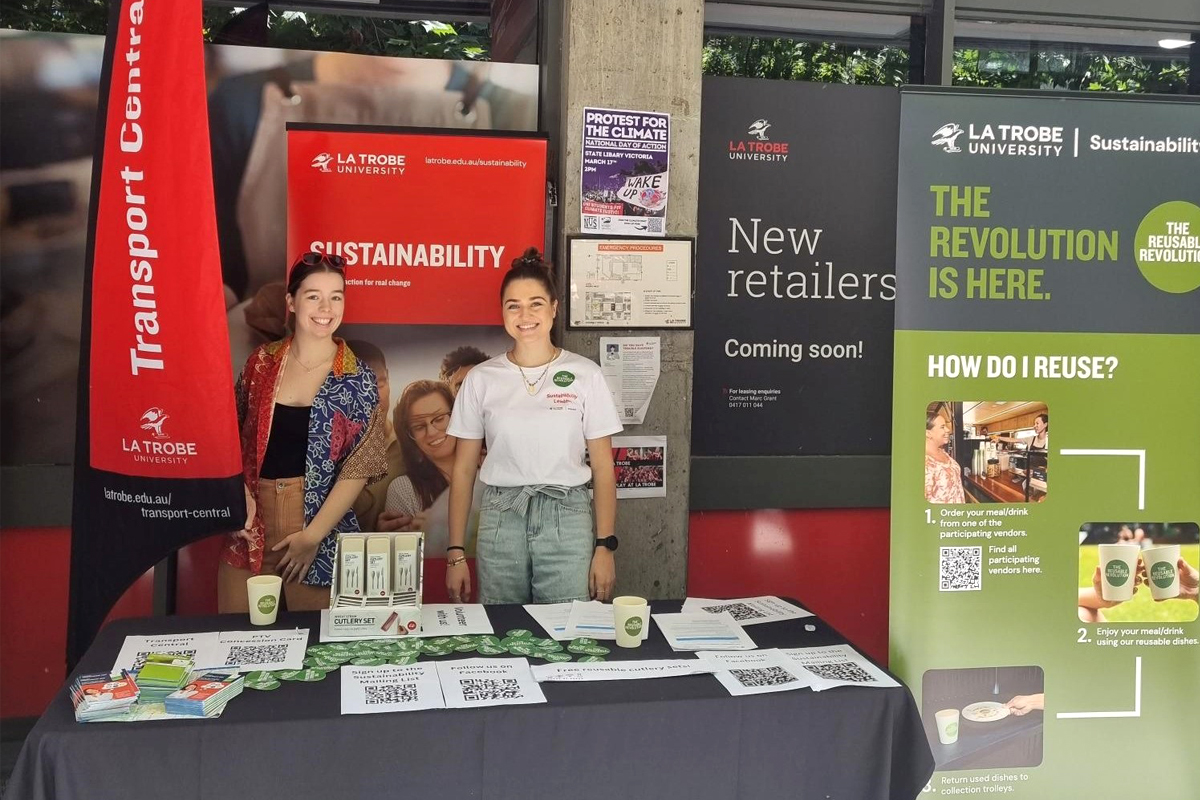
Sustainability Leaders creating real impact!
La Trobe created a unique Sustainability Leaders volunteering program to increase engagement with students on campus and empower them to act against waste and promote sustainability. It included the following initiatives:
- Promoting the reusable crockery implementation,
- Increasing knowledge action of other students on campus to diversion comingled recycling and organic waste from landfill.
- Focus on waste audits and data,
- Improved signage through new waste posters for students living on campus.
- Collaboration with Cirka (our cleaning and waste partner) to create a waste wall and;
- Learning all things sustainability (net zero, biodiversity, waste, reusables, engagement)
These initiatives yielded significant results and with a reduction in waste contamination by almost 40% at the residential buildings and engagement with over 80 groups of people for the Reusable Revolution.
Creating Impact
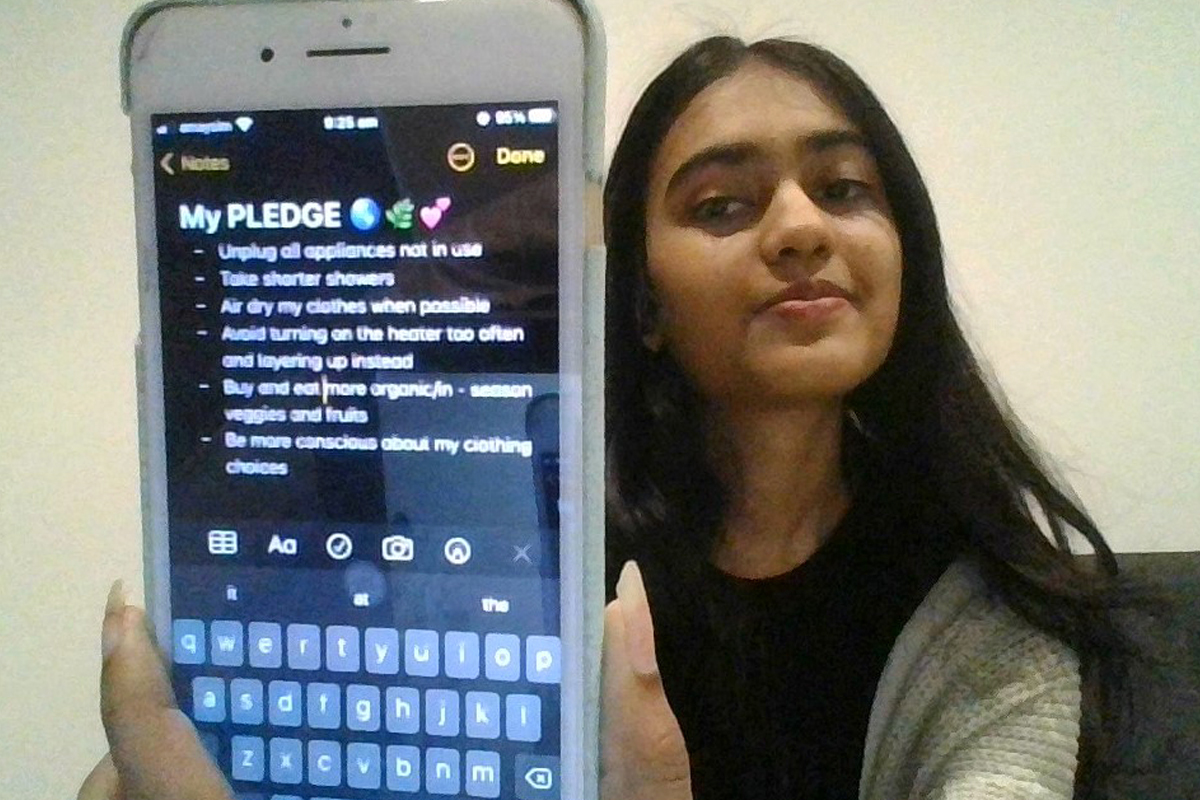
Where knowledge meets habits: Empowering students for a sustainable tomorrow
Our online Sustainability Challenges offer participants an engaging, self-paced learning experience centered around a specific United Nations Sustainable Development Goal (UNSDG). Requiring minimal resourcing and at zero-cost to participants, we’ve created replicable, compact, scalable, and impactful learning opportunities that result in real impact.
The Challenges follow a structured process that moves participants from knowledge gain to simple action to celebration, to establish small but mighty habits relating to waste and carbon emissions. This approach recognises that knowledge alone is often insufficient to drive behaviour change, and that ease of action and celebration are crucial components in creating sustainable habits.
Sustainability Champion – Staff/Winners
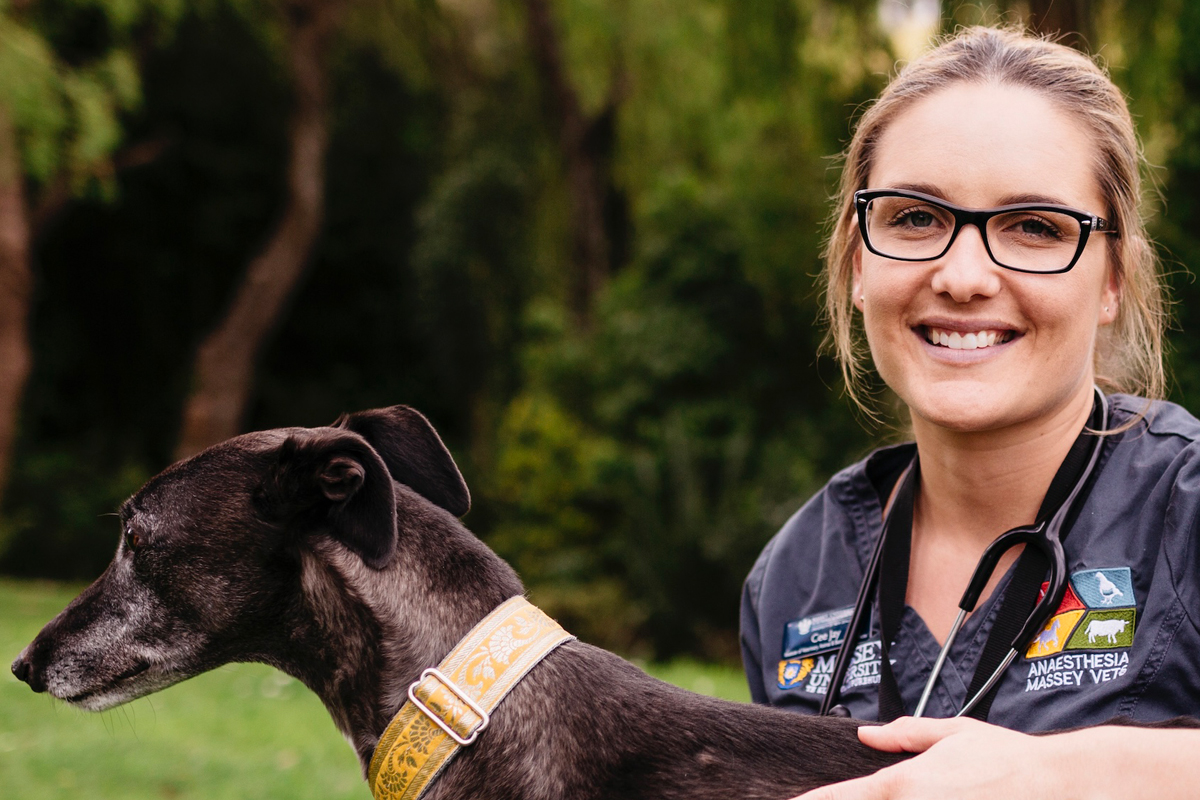
Catherine (CeeJay) Donovan
Veterinary nurse – Anaesthesia
From establishing the Massey Vet School Green Team to leading impactful initiatives, my commitment to environmental sustainability has been making waves. With the help of my team, I have accomplished numerous small, yet meaningful actions, including integrating a sustainability lecture for final year vet students and implementing battery recycling alongside rechargeable battery use. Our larger projects encompass the introduction of green waste and soft plastics recycling bins, an energy audit resulting in power-saving measures, and playing a part in a successful rubbish audit. I spearheaded the ‘6 in 6’ campaign, empowering individuals with six simple steps for workplace sustainability. Through the SustainaVet social media pages I help to educate and inspire peers nationwide. As the Massey School of Veterinary Science sustainability champion, I had the privilege of speaking at the annual veterinary conference on sustainability in clinical practice. Currently I’m conducting pioneering research on responsible cat waste disposal. Together, we’re forging a greener future, one initiative at a time.
Sustainability Champion – Student

Louis Walmsley
SDG Coordinator Monash Association of Sustainability, Office Bearer Monash Student Association’s Environmental and Social Justice Department, Masters of Environment and Sustainability Student
Louis is an exceptional student sustainability leader at Monash University. His passion and dedication to sustainability have made a significant impact on the community. Louis’s values revolve around sustainability, which is evident upon meeting him. He actively participates in various sustainability groups, demonstrating his commitment to creating a more environmentally conscious society.
One of Louis’s notable involvements is with Precious Plastic Monash, where he organizes remarkable events and fosters collaboration among like-minded individuals, student groups, and staff. His contributions to the Monash Association of Sustainability have allowed him to conduct valuable research on plastic usage and climate action, resulting in positive changes within the university.
Through his work with the Monash Student Association, Louis has engaged hundreds of students in fun and interactive sustainability initiatives. He took the initiative to organize a sustainability food fair, which was one of the largest sustainability-related events held at Monash post-COVID. This accomplishment is a true testament to Louis’s hard work and creativity.
Louis is an outstanding student leader whose efforts in sustainability have had a lasting impact on Monash University and its community. His inspiring nature resonates with everyone who knows him.


